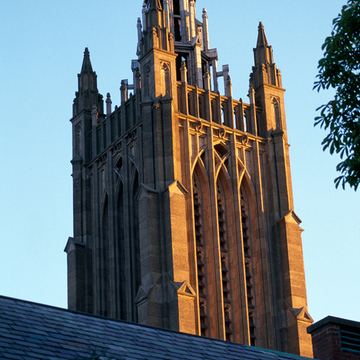The first school for the blind in the United States was chartered in Boston in 1829, opened in South Boston in 1832, and named for the
You are here
Perkins Institute and Massachusetts Asylum for the Blind
1910–1911, R. Clipston Sturgis. 175 N. Beacon St.
If SAH Archipedia has been useful to you, please consider supporting it.
SAH Archipedia tells the story of the United States through its buildings, landscapes, and cities. This freely available resource empowers the public with authoritative knowledge that deepens their understanding and appreciation of the built environment. But the Society of Architectural Historians, which created SAH Archipedia with University of Virginia Press, needs your support to maintain the high-caliber research, writing, photography, cartography, editing, design, and programming that make SAH Archipedia a trusted online resource available to all who value the history of place, heritage tourism, and learning.















